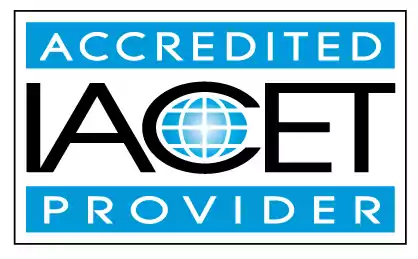Identify types of bullying affecting school aged children.
Identify types of bullying affecting school aged children and learn appropriate practices to identify and demonstrate an children. Find examples of activities suitable for different age groups. Your trusted source for early childhood education and child care centers.Trainings incorporating this outcome
Proficiency Level
Topic Areas
States
Alabama (2) Alaska (2) Alberta (2) Arizona (1) Australia (2) California (2) Colorado (2) Connecticut (2) Delaware (2) District of Columbia (1) Florida (1) Hawaii (2) Idaho (2) Indiana (2) Iowa (2) Jamaica (1) Kansas (1) Louisiana (2) Maine (1) Manitoba (1) Maryland (2) Massachusetts (2) Michigan (2) Minnesota (1) Mississippi (2) Montana (2) Nevada (1) New Hampshire (2) New Mexico (2) New York (1) Newfoundland and Labrador (2) North Dakota (1) Nova Scotia (1) Ohio (1) Oklahoma (1) Pennsylvania (1) Prince Edward Island (1) Puerto Rico (1) Quebec (1) Rhode Island (1) Saskatchewan (2) South Dakota (2) Thailand (1) United Kingdom (1) Utah (1) Vermont (2) Virgin Islands (1) Virginia (2) Washington (2) West Virginia (2) Wisconsin (1) Wyoming (1)
45 hours courses
Related Outcomes
- Identify appropriate practices for identify and demonstrate an children: Identify examples of appropriate activities for different ages
- Identify essential elements for effective communication with school-age children.
- Identify the elements of an appropriate lesson plan/activity for school age children.
- Identify appropriate practices for identify and demonstrate an children: Identify importance of individual planning
- Define self-esteem and identify issues and strategies for support of school age children.
- Identify the recommended feeding patterns of school-age children.
- Identify strategies that promote health and wellness for school-aged children.
- Identify different types of play in children ages 2 to 5.
- Identify safety management and supervision practices of school-aged children.
- Identify appropriate activities for children birth through age three
- Identify the recommended nutritional needs of children five years to twelve years of age
- Define and identify the components of developmentally appropriate practice for children aged 2 to 5.
- Demonstrate understanding of developmentally appropriate practices for school-age children with various needs.
- Identify curriculum and activity resources specific to school-age child care
- Identify resources for referral and services for the school-age setting.
- Demonstrate understanding of inclusionary practices for school-age children.
- Identify appropriate practices for identify and demonstrate an children: components of a lesson plan
- Demonstrate an understanding of how to develop and implement a daily schedule for school-age children.
- Describe strategies to support the development of mathematical skills in school age children.
- Demonstrate an understanding of physical growth and development in school age children and the impact it has on programming
Related Articles
- The Importance Of Recognizing Obesity In Children
- Bullying, Harassment, Intimidation
- Curbing Bullying in Childcare
- Child Development Associate Certification: Unlocking Bright Futures
- Developmental Milestones of Children Ages 1-3
- Nurturing Happiness in Children: A Guide to Raising Joyful, Well-Adjusted Kids
- Social Media Usage in Children: Risks and Safety Tips
- Strategies for Finding Budget-Friendly Deals, Discounts, and Promotions on Back to School Supplies
- The Role of Nutrition in Child Development: What Childcare Providers Should Know
- Every Child Matters: Practical Tips for a Safe and Inclusive Classroom
- Mirror Mirror on the Wall: Whimsical Ways to Prevent Bullying Tendencies in Kids, Inspired by Fairy Tales
- World Kindness Day: Inspiring Activities to Promote Compassion and Kindness in the Classroom
- Trauma and Tantrums: How Stress Shapes Behavior (and How to Help)
- Childcare Courses 101: Everything You Need to Know to Start Your Career
- How Cultural Influences Shape Child Development
- NYC Roadmap: Your Early Childhood Education Journey in the Heart of New York City
- 🗣️ How Can I Talk to Parents About Bullying Without Blame or Conflict?🤝
- ⚠️🤝 How Can I Tell the Difference Between Bullying and Normal Conflict?
- 👶 What Child-to-Staff Ratios and Group Sizes Are Required in North Dakota Childcare? 🏫
 4.5 CEUs
4.5 CEUs